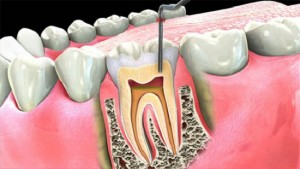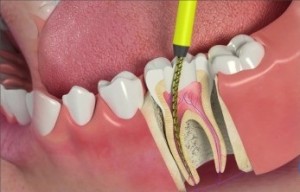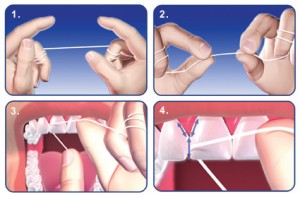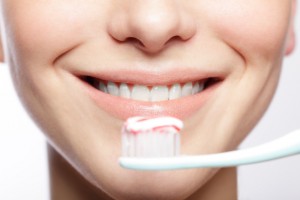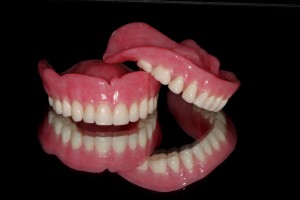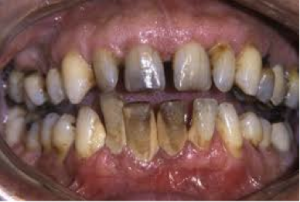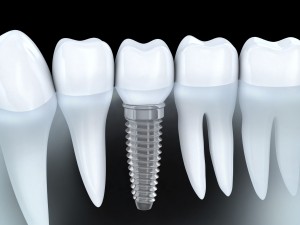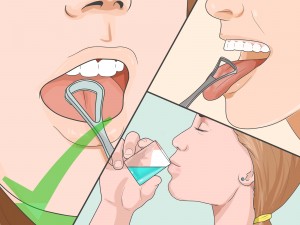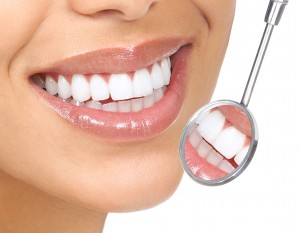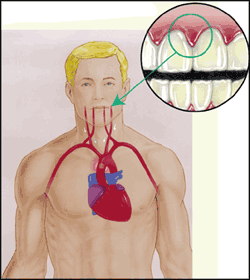A root canal is a treatment to repair and save a badly damaged or infected tooth. It involves removing the damaged area of the tooth (the pulp), cleaning and disinfecting it and then filling and sealing it. The common causes affecting the pulp are a cracked tooth, a deep cavity, repeated dental treatment to the tooth or trauma.
The term “root canal” comes from cleaning of the canals inside the tooth’s root.
Advantages of saving the natural tooth with RCT:-
- Efficient chewing
- Normal biting force and sensation
- Natural appearance
- Protects other teeth from excessive wear or strain.
Root Canal treatment step by step:-
- A Deep Infection
Root canal treatment is needed if tooth is infected due to any injury or a large cavity.
- A Route to the Root
The dentist gives anesthesia, if needed. An opening is made through the crown of the tooth to the pulp chamber.
3.Removing the infected/inflamed tissue
Special files are used to clean infection and unhealthy pulp out of canals.
Irrigation is used to help clean the canals and remove debris.
4.Filling the canals
The canals are filled with permanent material. This helps to keep the canals free of infection and contamination.
5.Rebuilding the tooth
A temporary filling material placed on top of the gutta –percha to seal the opening. The filling remains until the tooth receives a permanent filling and/or a crown.
6.Extra Support
In some cases a post is placed into the root next to the gutta-percha. This gives the crown more support.
7.The crowning touch
The crown is cemented into place which looks like a natural tooth .It is placed over the top of the crown.

